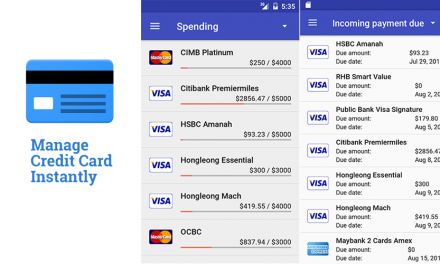In today’s mobile OS market, there are two factions- Apple and Google- that command a hefty market share. These two giants have been battling out with each other ever since mobile apps became an integral part of our daily lives. Both of them have their share of followers and critics. Both claim their superiority over the other in one way or the other. Apple iOS and Google’s Android have contradictory approach in marketing their products. But the point that sticks out when people argue about the two is the fact that Google’s Android embodies openness and Apple’s iOS a closed system.
Most of the apps, for Android or iOS, are developed by independent developers. Despite Google’s claim to be the most used platform, they have failed to gain favorability from developers. There is a general consensus among developers regarding their apathy toward Android. They have their reasons for their indifference.
Piracy
According to Yankee Group, 50% developers think that their apps are getting pirated as against to 14% who are not worried about piracy. Various statistics have shown that Google’s loses from piracy is substantial- more than 50% developers think that they have lost more than 100000 dollars due to piracy.
Tools for developers
Apple’s SDK & API are superior from Google’s Developers Tools based on Java. The programming language with Apple is Objective-C and their API is more matured.
Android platform Fragmentation
With Android, the existence of multiple versions makes things difficult for developers in developing apps that may support older versions. Android 4.0 Ice Cream Sandwich claims to consolidate the fragmentation that we are yet to see. On the contrary, Apple phones run on a common version that is updated in lockstep. The common version in Apple phones reduces the load on developers in regards to compatibility.
Revenue from advertisement
The ad revenue from mobile apps being higher in iOS serves as an incentive for developers. The eCPM (effective cost per million) measures the revenue that developers earn per thousand impression, which is $1.3 with Android and $1.7 with iOS, is clearly higher with iOS. CTR (click through ratio) is the percentage of ad impressions that generate clicks and here iOS is the victor with 2.3% as against 1.1% with Android.
A last year reports (2011) from comScore & BIA/Kelsey show eye-popping facts that 76.8 million people in US have smart phones and US ad revenue from mobile devices would soon hit 3 billion marks. The statistics show clearly why iOS and Android are head over heels in their pursuit to stay at the top.
In-App Purchases
In-app purchase in Android was difficult till it introduced in-app billing last year. On Android, most in-app purchases are games and beyond that it hasn’t taken off that well. The picture is different on iOS with 72% iPhone revenue coming from in-app purchases.
App Store
Android’s claim as the fastest growing mobile OS is futile when its revenue from selling apps is compared with iOS. According to Flurry, Google’s play store makes less than quarter of Apple’s revenue from selling apps.
Conclusion
It’s true that Android is expanding its market share rapidly, but the OS has certain pitfalls that not even an ardent fan can ignore. From the above facts we can clearly see the reasons for the developers’ indifference toward Android. As of now, Apple’s iOS is leading the pack and has clear advantages over Android.
Both being upfront in their development of their operating systems, it’s hard to predict what the future holds for the duo.
About the author: Brianne Walter is a blogger who is always enjoying writing on tech and design. She is very fond of gadgets, books and currently working on a write up on cellphonebeat. And recently she read an article on gizmo watch.
















